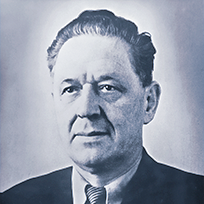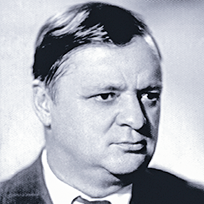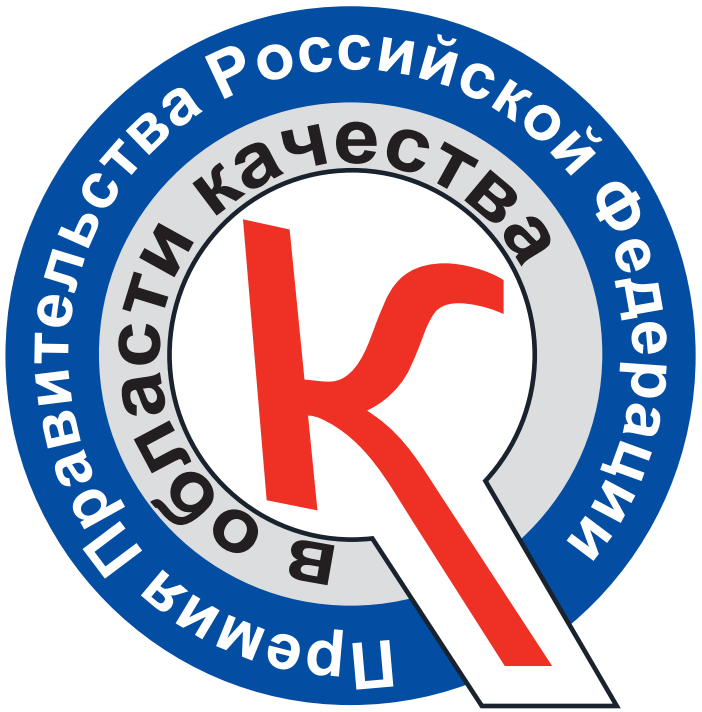The place for the future institute was found deep in the country on the Eastern side of the Ural mountains almost equidistant from Ekaterinburg (formerly known as Sverdlovsk) and Chelyabinsk. A new city was located on the southern bank of Lake Sinara and known as Chelyabinsk-70, its current name is Snezhinsk. Sokol settlement located 20 km to the North from Chelyabinsk-40 (now Ozersk, location of Mayak Chemical Combine) became an initial point of the construction. Mayak Combine produced components of nuclear explosives and had good construction facilities that could be used for construction of Snezhinsk and the Institute.
Laboratory “B” of the Russian Ministry of Internal Affairs was located in Sokol settlement in 1946-1955. This Laboratory conducted radiation biology studies. Some employees of the Laboratory continued their career in the Institute.
Construction activities were underway in parallel with the formation of the Institute structure: buildings for laboratories and production facilities as well as residential buildings were erected at the Institute sites, roads and supply lines were laid out. The first buildings both at the Institute sites and in the residential area were commissioned in 1957. The population of the city reached circa 20 thousand people by May 1960. Currently, the population is circa 50 thousand and total number of the Institute employees is circa 9 thousand.
The place for RFNC-VNIITF was very good in many aspects. Major facilities of the Russian nuclear weapons industry were concentrated in the Urals. This has contributed to the successful cooperatio n between these facilities in terms of weapons development and production and later in the conversion programs. Proximity to the most important centers of industry and culture, Ekaterinburg and Chelyabinsk, facilitated successful development of the Institute and the city and later helped to survive hard times. The Institute and the city were in close and fruitful cooperation with other Russian centers of science and culture.
n between these facilities in terms of weapons development and production and later in the conversion programs. Proximity to the most important centers of industry and culture, Ekaterinburg and Chelyabinsk, facilitated successful development of the Institute and the city and later helped to survive hard times. The Institute and the city were in close and fruitful cooperation with other Russian centers of science and culture.
Dmitry Efimovich Vasiliev, who got a very good experience as an engineer and a manager while working at the huge Uralmash plant and other weapons production facilities, was appointed the Director of the new Institute.
Kirill Ivano vich Shchelkin, three times Hero of Socialist Labor and winner of the Lenin Prize and three State Prizes, was appointed first Scientific Director and Chief Designer. He invested great efforts in making a creative team of scientists and engineers. His authority and personal experience made a great contribution to the first accomplishments of the Institute, which were an obvious success.
vich Shchelkin, three times Hero of Socialist Labor and winner of the Lenin Prize and three State Prizes, was appointed first Scientific Director and Chief Designer. He invested great efforts in making a creative team of scientists and engineers. His authority and personal experience made a great contribution to the first accomplishments of the Institute, which were an obvious success.
Specialists from the first nuclear center (now RFNC-VNIIEF, Sarov), and some facilities of nuclear and other industries supported the Institute staff. Such outstanding scientists and engineers as Evgeny Zababakhin, Alexander Zakharenkov, Vladimir Grechishnikov, Yury Romanov, Lev Feoktistov, Evgeny Avrorin, Boris Litvinov, Mikhail Shumaev, and Nikolay Yanenko are among them. Besides, the best graduates of physics and mathematics departments from the leading USSR Universities were hired by the Institute.
A young team of the institute was quickly gaining strength. The first USSR thermonuclear explosive accepted by the army was developed and tested by the employees of the Institute in 1957. The first experimental explosion was successfully conducted the same year at the Novaya Zemlya Test Site which allowed the scientists from the Institute to get unique data on the extreme states of matter and highly intensive dynamic processes.
RFNC-VNIITF Administration
Names of RFNC-VNIITF Directors and Scientific Directors through all the history of the Institute
Directors
Dmitry Efimovich Vasiliev, the first RFNC-VNIITF Director (1955-1961). He was three-time awarded the Order of Lenin (1942, 1944, and 1953), the Order of the Red Banner of Labour (1943), and the Second Class Order of the Patriotic War (1945).
Boris Nikolaevich Ledenev, RFNC-VNIITF Director from 1961 to 1964. Under the direction of Ledenev the Institute made a fundamental contribution into nuclear weapons development in the USSR: 30 nuclear charges and nuclear explosive devices were tested in 1962.
Georgy Pavlovich Lominsky, RFNC-VNIITF Director from November 1964 to June 1988. For the successful completion of critical governmental tasks and development of new nuclear weapons systems he became the laureate of Lenin prize (1962) and state prizes (1951, 1979), he was awarded the Order of Lenin (1950, 1966), the Order of the October Revolution (1971), the Order of the Red Banner of Labour (1951, 1953, 1961), and the Order of the Red Star (1944, 1954).
Vladimir Zinovievich Nechay was RFNC-VNIITF Director from 1988 to 1996 – period of time considered to be tough for RFNC-VNIITF.
Evgeny Nikolaevich Avrorin concurrently held positions of RFNC-VNIITF Scientific Director and Director of the Institute from 1996 to 1998.
Georgy Nikolaevich Rykovanov, member of the Russian Academy of Science, was RFNC-VNIITF Director from 1998 to 2012.
Mikhail Egenievich Zheleznov has been RFNC-VNIITF Director since October 30, 2012.
Scientific Directors
Kirill Ivanovich Shchyolkin was appointed as Scientific Director and Chief Designer of the Institute in 1955 which used to be named as NII-1011 (Scientific Research Institute-1011). For his fruitful activities he was awarded the Lenin prize (1958).
Evgeny Ivanovich Zababakhin, laureate of Lenin prize and member of the Russian Academy of Science, became Deputy Scientific Director and Head of Theoretical Division in 1955 and Scientific Director in 1960. He held this position for 25 years up to his decease.
Evgeny Nikolaevich Avrorin, Hero of Socialist Labour and member of the Russian Academy of Science, was RFNC-VNIITF Scientific Director from 1985 to 2007. He was Honorary Scientific Director from 2007 to 2018.
Georgy Nikolaevich Rykovanov, member of the Russian Academy of Sciences, since June 1, 2012 has been RFNC-VNIITF Scientific Director.

